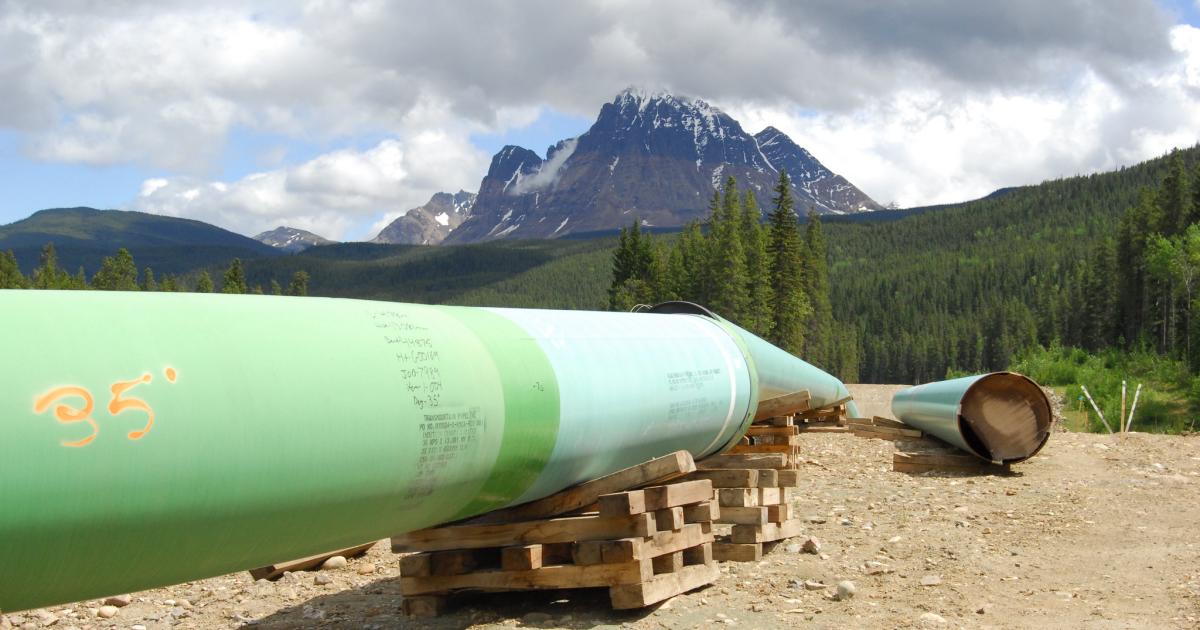From Wikipedia's article on the Deepwater Horizon:
Regulation, safety, and inspection[edit]
The
Minerals Management Service (renamed on 18 June 2010 to the
Bureau of Ocean Energy Management, Regulation and Enforcement, or Bureau of Ocean Energy (BOE))
[52] is the regulatory and inspecting body for offshore oil drilling and rigs in the
United States of America.
[52] According to an
Associated Press investigation, certain safety documentation and emergency procedure information, including documentation for the exact incident that later occurred, was absent.
[51] The exact number of required monthly inspections performed varied over time; the inspections were carried out as required for the first 40 months, but after that around 25% of inspections were omitted,
[51] although the investigation notes this is partly expected, since there are circumstances such as weather and movement which preclude an inspection.
[51] Reports of the last three inspections for 2010 were provided under
Freedom of Information legislation. Each of these inspections had taken two hours or less.
[51]
During its lifetime the rig received 5 citations for non-compliance, 4 of which were in 2002 (safety, including the blowout preventer) and the other in 2003 (pollution).
[51] A sixth citation in 2007 related to non-
grounded electrical equipment was later withdrawn when the equipment was determined to be compliant with regulations.
[51] Overall the
Deepwater Horizon's safety record was "strong" according to a drilling consultant reviewing the information.
[51] In 2009 the Minerals Management Service "herald[ed] the Deepwater Horizon as an industry model for safety".
[51] According to AP's investigation "its record was so exemplary, according to MMS officials, that the rig was never on inspectors' informal 'watch list' for problem rigs".
[51]
AND
At 7:45 p.m.
CDT on 20 April 2010, during the final phases of drilling the exploratory well at Macondo, a geyser of seawater erupted from the
marine riser onto the rig, shooting 70 m into the air. This was soon followed by the eruption of a slushy combination of
drilling mud,
methane gas, and water. The gas component of the slushy material quickly transitioned into a fully gaseous state and then ignited into a series of explosions and then a firestorm. An attempt was made to activate the
blowout preventer, but it failed.
[53] The final defense to prevent an oil spill, a device known as a
blind shear ram, was activated but failed to plug the well.
[54]
Eleven workers were presumed killed in the initial explosion. The rig was evacuated, with injured workers airlifted to medical facilities. After approximately 36 hours,
Deepwater Horizon sank on 22 April 2010. The remains of the rig were located resting on the
seafloor approximately 1,500 m deep at that location, and about 400 m northwest of the well.
[45][55][56]
This, of course, does NOT identify the actual cause of the accident.
